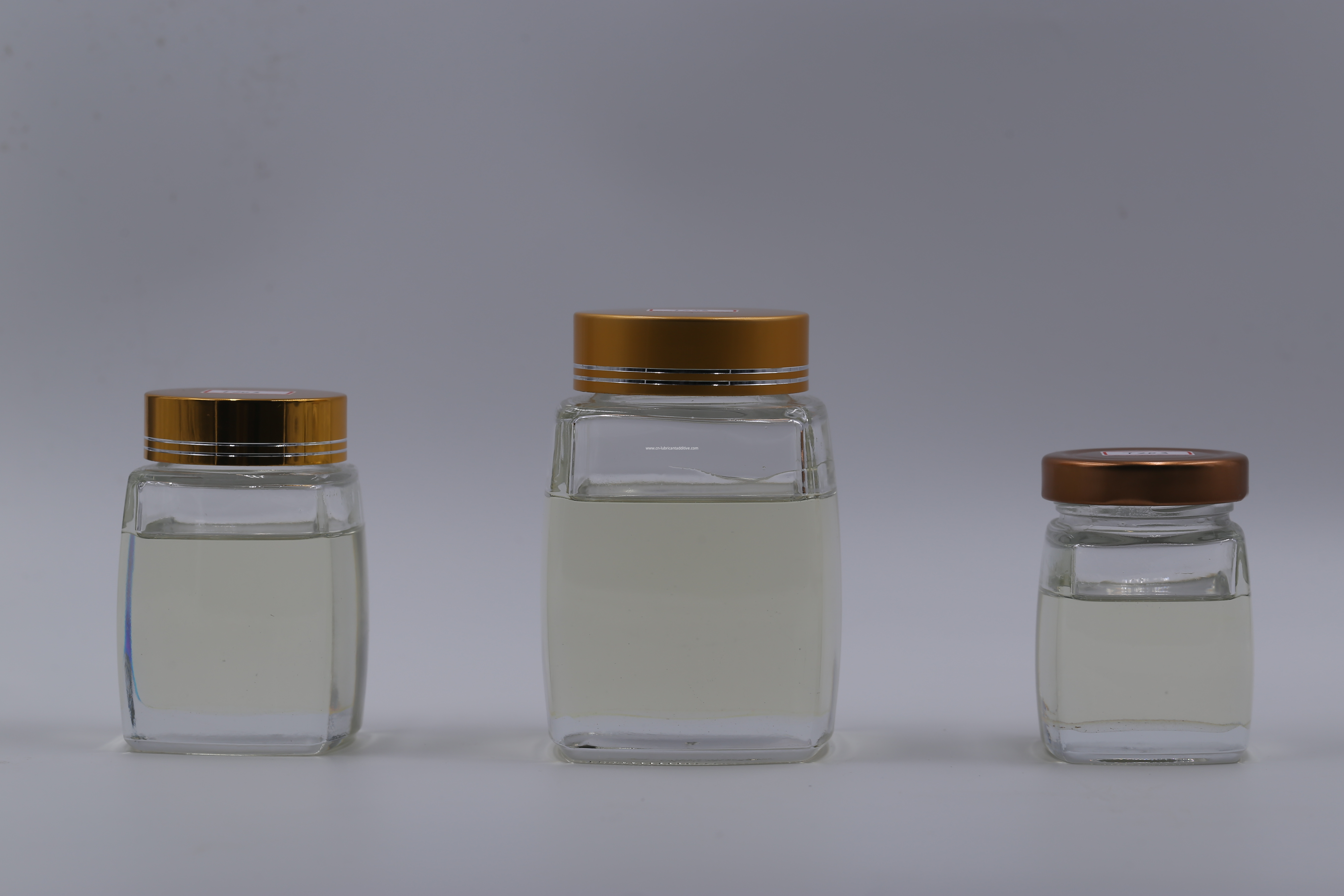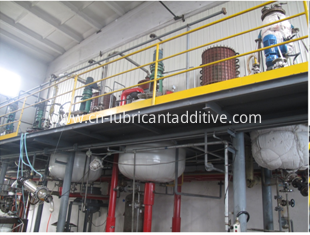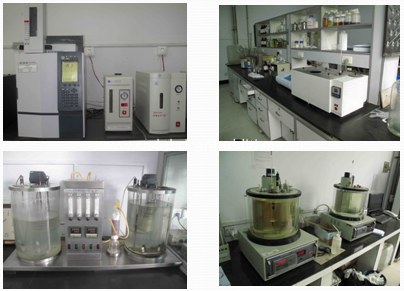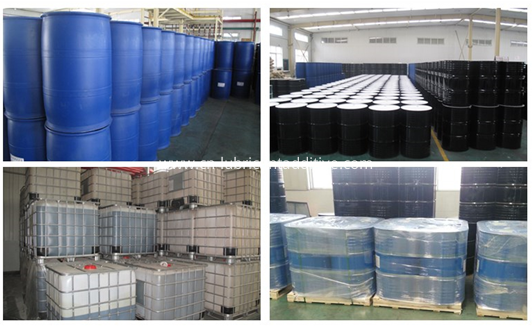
Privacy statement: Your privacy is very important to Us. Our company promises not to disclose your personal information to any external company with out your explicit permission.
Zinc Dialkyl Dithiophosphate (ZDDP Corrosion Inhibitor ) have been used for more than 50 years in the lubricant industry as low cost, multifunctional additives in engine oils, transmission fluids, hydraulic fluids, gear oils, greases, and other lubricant applications. The power of this particular compound is in its ability to simultaneously function as an excellent antiwear agent, a mild extreme pressure (EP) agent, and an effective oxidation and corrosion inhibitor, all at a very low cost in comparison with the alternate chemistries available in the market. This is why it is still manufactured on a large scale by companies such as the ExxonMobil Corporation, Chevron Corporation, Ethyl Corporation, Lubrizol Corporation, and others. To date, as much as 300 million lb of ZDDP is still manufactured annually in the industrialized west.

2. Synthesis And Manufacture
ZDDP was frst patented on December 5, 1944, by Herbert C. Freuler of the Union Oil Company of California in Los Angeles. The multifunctionality of ZDDP was immediately noticed as Freuler indicated a noticeable increase in both the oxidation and the corrosion resistance of the lubricants tested with the novel compound at a 0.1–1.0% treatment level. The initial synthesis Freuler carried out involved the reaction of 4 mol of the intermediate dialkyldithiophosphate acid and 1 mol of hydrogen sulfide 
followed by neutralization of the acid with 1 mol of zinc oxide


This synthetic route is still used today in the manufacturing of ZDDP. The P2S5, a flammable solid produced from the high temperature reaction between elemental sulfur and phosphorus, is provided to the ZDDP manufacture in sealed aluminum bins containing 500–7200 lb P2S5. The P2S5 is hoppered into the reactor containing alcohol under a blanket of nitrogen. This is due to the ignitability of both the alcohol and the P 2S5 when exposed to air. The hydrogen sulfde by-product, a highly toxic gas, is either converted to sodium sulfde solution in a caustic scrubber or thermally oxidized to sulfur dioxide. The heat of reaction and rate of hydrogen sulfde evolution are controlled by the addition rate of the P2S3 as well as the flow rate of the cooling water.


The acid is then neutralized by zinc oxide; the reaction temperature is controlled by the addition rate of reaction depending on whether it is an acid to oxide or oxide to acid, addition scheme. Enough zinc oxide is used to neutralize the acid to a pH range, which will give a product suitably stable to thermal degradation and hydrogen sulfde evolution. The water formed from the reaction and the residual alcohol is vacuumdistilled. Any unreacted zinc oxide is then fltered, requiring a fltration system capable of removing particles as small as 0.1–0.8 μm. A larger molar excess of zinc oxide is often necessary to obtain the pH required for stability. The various manufactures have done much work to reduce the amount of zinc oxide used to obtain product stability (such as the addition of low-molecular-weight alcohols or carboxylic acids to lower the amount of residual sediment in the product before fltration). The fltered liquid product, with or without additional petroleum oil, is then provided to the customer in drums or in bulk.

As a professional supplier of Lubricant Additive Component, we supply Ashless Dispersant , High Temperature Antioxidant, Rust Preventative Anti-rust Additive, Corrosion Inhibitor ZDDP, Pour Point Depressant , ect., to blend make different kinds of Additive Package ,such as Hydraulic Oil Additive Package, Gear Oil Additive Package, 4T Motorcycle Oil Additive Package, PCMO Gasoline Engine Oil Additive Package, HDEO Diesel Engine Oil Additive , ect. Free feel to contact Email: sales@cn-lubricantadditive.com and Tel/WhatsApp: +86-13783582233 with any interest.

November 08, 2024
April 26, 2024
April 26, 2024
Application skills of common rust and corrosion inhibitors in metal working fluids There are many kinds of corrosion inhibitors, and the corrosion inhibition mechanism is complex. The correct use of...
What is the difference between non-phosphorus and non-silicon corrosion inhibitors used in metal working fluids? DMAE non-phosphorus non-silicon corrosion inhibitor product characteristics 1. Special...
The rust inhibitors in water-based cutting fluids are mainly divided into water-soluble rust inhibitors and oil-soluble rust inhibitors. Oil soluble rust inhibitors are made from mineral oil,...
Hard film anti rust agents are formulated from film forming agents, rust stabilizers, rust conversion agents, composite anti rust agents, non-toxic organic solvents, etc. They can form dry hard...
Email to this supplier
November 08, 2024
April 26, 2024
April 26, 2024
Send Inquiry

Mr. James
Tel:0086-371-58651986
Fax:
Mobile Phone:+86 13783582233
Email:sales@cn-lubricantadditive.com
Address:No.11 Changchun Road, High-Tech Zone, Zhengzhou, Henan
Related Products List
Mobile Site


Privacy statement: Your privacy is very important to Us. Our company promises not to disclose your personal information to any external company with out your explicit permission.

Fill in more information so that we can get in touch with you faster
Privacy statement: Your privacy is very important to Us. Our company promises not to disclose your personal information to any external company with out your explicit permission.